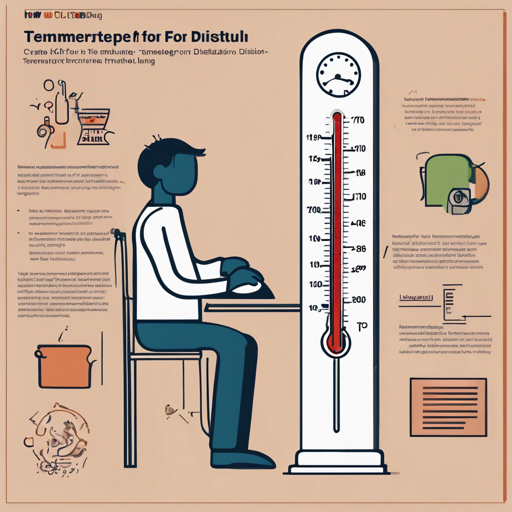Welcome to our guide on implementing Curriculum Temperature for Knowledge Distillation (CTKD), a cutting-edge technique that enhances the process of knowledge transfer between teacher and student models in machine learning. This article is designed to be user-friendly, guiding you through the implementation process step-by-step and addressing potential troubleshooting issues along the way.
Understanding CTKD
CTKD reorganizes the distillation learning process from easy to complex through a dynamic temperature parameter (τ), which adjusts the difficulty of learning. Think of it as a coach preparing an athlete for a big tournament: initially, the coach sets easy drills to build the athlete’s confidence and skill level, and as the athlete improves, the drills become more challenging. This approach encourages steady progress without overwhelming the learner.
Prerequisites
Before diving into the implementation, ensure you have the following requirements:
- Python 3.8
- Pytorch 1.11.0
- Torchvision 0.12.0
Step-by-Step Implementation
1. Download Pre-trained Teacher Models
First, you need to download the pre-trained teacher models and save them in the designated directory. Choose from:
- CIFAR teacher models: Baidu Cloud, Github Releases
- ImageNet teacher models: Baidu Cloud, Github Releases
2. Training on CIFAR-100
To train on CIFAR-100, follow these steps:
- Download the dataset and set the correct path in
.dataset/cifar100.pyline 27. - Modify
scripts/run_cifar_distill.shto fit your requirements. - Run the following script:
bash sh scripts/run_cifar_distill.sh3. Training on ImageNet-2012
For training on ImageNet-2012, perform the following:
- Download the dataset and adjust the path in
.dataset/imagenet.pyline 21. - Edit
scripts/run_imagenet_distill.shaccording to your needs. - Execute the command:
bash sh scripts/run_imagenet_distill.shAdvanced Adjustments for Instance-wise Temperature
If you wish to implement instance-wise temperature adjustments, you’ll need to alter the loss calculation as follows:
KD_loss = 0
for i in range(T.shape[0]):
KD_loss += KL_Loss(y_s[i], y_t[i], T[i])
KD_loss = T.shape[0]Here, KL_Loss() is defined to compute the Kullback-Leibler divergence between the outputs, helping to adjust temperature dynamically for each instance.
Troubleshooting Tips
- If you encounter issues with model loading, double-check that the paths are correctly set in the scripts.
- In cases where training fails at initialization, ensure all required libraries are installed and updated to their respective versions.
- For further insights, updates, or to collaborate on AI development projects, stay connected with fxis.ai.
Conclusion
By following the steps above, you can effectively implement CTKD to streamline the knowledge distillation process in your machine learning projects. This approach not only boosts learning efficiency but also enhances the overall performance of the student model.
At fxis.ai, we believe that such advancements are crucial for the future of AI, as they enable more comprehensive and effective solutions. Our team is continually exploring new methodologies to push the envelope in artificial intelligence, ensuring that our clients benefit from the latest technological innovations.

